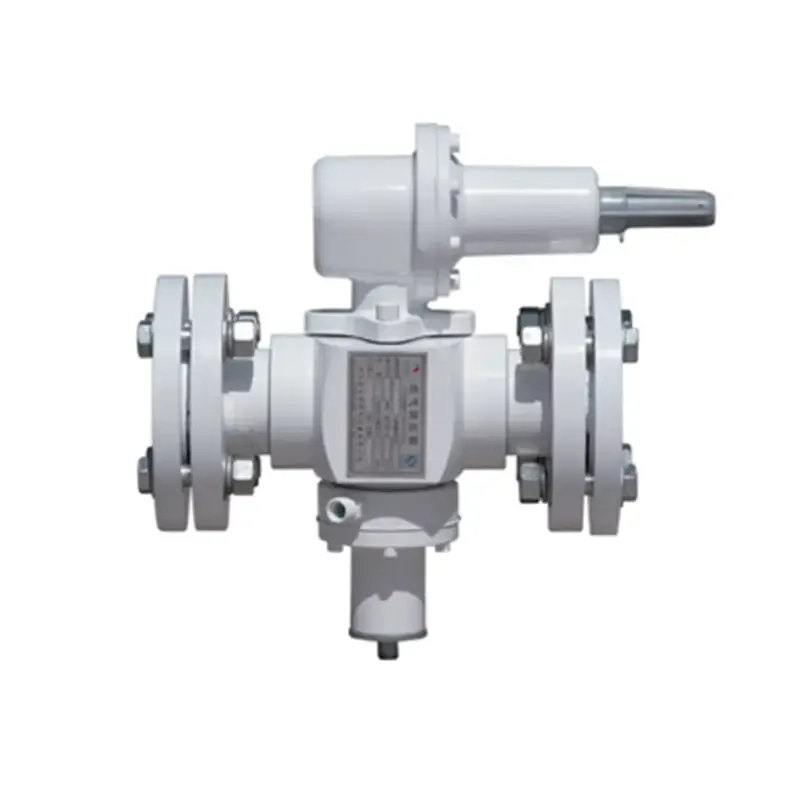
Nov . 05, 2024 09:14
Back to list
gas pressure regulator valve
Understanding Gas Pressure Regulator Valves
Gas pressure regulator valves are essential components in a variety of industrial, commercial, and residential applications. They serve a crucial function in managing the pressure of gases to ensure safe and efficient operation of systems that utilize natural gas, propane, or other gaseous fuels. Understanding how these valves work, their importance, and their applications can help one make informed decisions for various projects.
What is a Gas Pressure Regulator Valve?
A gas pressure regulator valve is a device designed to control the pressure of gas flowing from a source to an end-use application. It accomplishes this by reducing the high pressure of the incoming gas and maintaining a stable, lower pressure for downstream use. Typically found in gas supply systems, these regulators are vital in ensuring that equipment receives gas at the proper pressure, preventing potential hazards such as leaks, explosions, or equipment failure.
How Does it Work?
The basic operation of a gas pressure regulator involves a diaphragm that reacts to the pressure changes in the system. When gas enters the regulator, it pushes against the diaphragm, which in turn opens or closes the valve to allow or restrict the flow of gas. As demand for gas varies—such as when appliances turn on or off—the diaphragm continuously adjusts the valve position to maintain a consistent output pressure.
In addition to the diaphragm mechanism, many regulators also include internal components like springs and orifices that fine-tune the pressure adjustments. This design allows for precise regulation, enabling the safe and efficient use of gas in various applications.
Types of Gas Pressure Regulators
Gas pressure regulators come in several types, each designed for specific applications
1. Single-Stage Regulators These are typically used in lower-pressure applications. They reduce high inlet pressure to a usable level in one step and are simple and cost-effective for residential usage.
2. Two-Stage Regulators Commonly found in commercial and industrial settings, these regulators provide more stable pressure by reducing the gas pressure in two stages. This design helps maintain consistent outlet pressure even when there are fluctuations in inlet pressure.
gas pressure regulator valve

3. Back Pressure Regulators These regulators are used in systems that require a certain pressure to be maintained upstream. They help control the pressure of gases within a system, preventing over-pressurization and ensuring safety.
Applications of Gas Pressure Regulators
Gas pressure regulators are widely used in various scenarios
- Residential Heating Systems Regulators control the gas supply to furnaces, boilers, and water heaters, ensuring they operate efficiently without risk of overpressure. - Industrial Processes In manufacturing and processing plants, regulators ensure that gas pressures are maintained at optimal levels for operations such as welding, cutting, or chemical production.
- Gas Distribution Networks Utility companies use regulators to manage gas pressure in their pipelines, allowing for safe distribution to homes and businesses.
- Medical Facilities Regulators are essential for medical gas systems, providing the required pressure for gases used in anesthesia and respiratory therapies.
Safety Considerations
The importance of gas pressure regulators extends beyond efficiency; they are also critical for safety. Incorrect pressure levels can lead to equipment failure or safety hazards. Regular maintenance and testing of these regulators are essential to ensure their proper functioning. Any signs of wear, corrosion, or leaks should prompt immediate inspection and timely replacement.
Conclusion
In summary, gas pressure regulator valves are vital components in managing gas pressures across a wide range of applications. Understanding how they work, their types, and their significance aids in the safe and efficient use of gas systems. Whether in residential, industrial, or medical settings, proper regulation of gas pressure is crucial for safety, efficiency, and optimal operation.
Next:
Latest news
-
Safety Valve Spring-Loaded Design Overpressure ProtectionNewsJul.25,2025
-
Precision Voltage Regulator AC5 Accuracy Grade PerformanceNewsJul.25,2025
-
Natural Gas Pressure Regulating Skid Industrial Pipeline ApplicationsNewsJul.25,2025
-
Natural Gas Filter Stainless Steel Mesh Element DesignNewsJul.25,2025
-
Gas Pressure Regulator Valve Direct-Acting Spring-Loaded DesignNewsJul.25,2025
-
Decompression Equipment Multi-Stage Heat Exchange System DesignNewsJul.25,2025

